How To Keep Ants Out Of Cat Food? Complete Guide
As we know, caring for cats or other pets is not easy, especially of cats’ diet. As caring cat owners, we have to know about the cats’ diet and should explore the question,” How To Keep Ants Out Of Cat Food? “
If you are also worried about the above question, do not worry because, in this blog, we will learn how to keep ants out of cats’ food and also discuss some more questions about cats’ food and ants. So, let’s get started.
Why Do Ants Keep Coming To My Cat’s Food?
Ants like pet food for its smell and the nutrients it offers, which they need to live and help their colonies get bigger. When cat food is left out too long, it smells even stronger and attracts these little scavengers. They use scent trails to tell each other where to find food, so many more will follow if one ant finds your cat’s food dish.
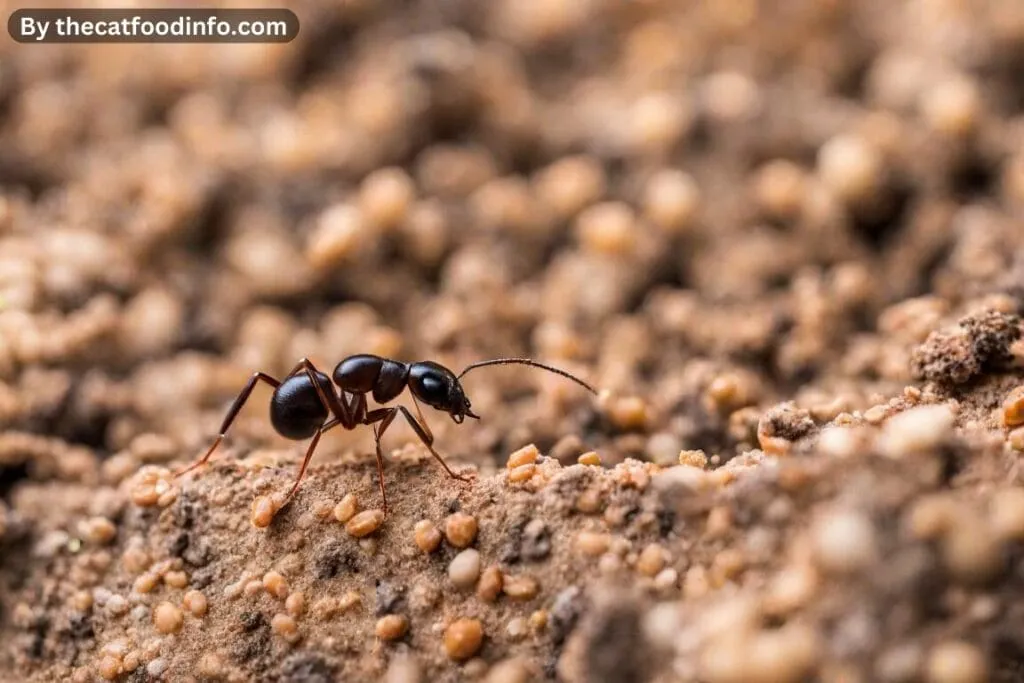
How To Keep Ants Out Of Cat Food?
To effectively keep ants out of cat food, follow these detailed steps:
1: Elevate Your Cat’s Food Bowl:
Elevating your cat’s food bowl can be an effective way to keep ants away. This can be achieved using a raised feeding station designed specifically for pets or placing the bowl on a sturdy stand. Elevating the bowl off the ground makes it difficult for the ants to climb up and access the food.
2: Create a Water Moat:
Placing the cat’s food bowl in a shallow dish filled with water creates a natural barrier that ants cannot easily cross. A water ditch is a barrier that forces ants to move around for other food sources. Ensure the water level is high enough to create a blockage but not so high that it spills into the cat’s food bowl.
3: Maintain Cleanliness:
Regular cleaning of the feeding area is essential to prevent food spills and odors that attract ants. After each meal, clean the cat’s bowl to remove leftover food particles. Additionally, sweep or vacuum the surrounding area to remove fallen food that attracts ants.
4: Use Natural Repellents:
Surrounding the food area with a natural ant repellant can help deter ants without harming your cat. Ingredients such as lemon juice, cinnamon, or peppermint oil have a scent that ants find offensive, preventing them from reaching the food bowls. These repellents can be applied around the feeding area or on surfaces where ants are commonly found.
5: Seal Food Properly:
Cat food should be kept in airtight containers to keep it fresh and to prevent the release of odors that attract ants. Transfer cat food from its original packaging to sealed containers to reduce the risk of ant infestation. Be sure to fill containers securely after each use to maintain freshness and prevent ants.
6: Feed on a Schedule:
Scheduling your cat’s mealtimes instead of skipping meals throughout the day can help reduce ants’ access to food. Feeding your cat regularly and promptly removing uneaten food will reduce the chances of ants being attracted to the feeding area.
7: Invest in Ant-Resistant Bowls:
Consider investing in cat food bowls that are specially designed to resist ants. These bowls may include built-in water troughs or be made of materials that are difficult for ants to navigate. Investing in such bowls can provide additional protection against ant infestation.
8: Check for Entry Points:
Regularly inspecting your home for cracks, gaps, or other entry points where ants can enter is essential to preventing ant infestations, not just around the feeding area but throughout the home. Ants are adept at finding small spaces to access your living space for food, water, and shelter.
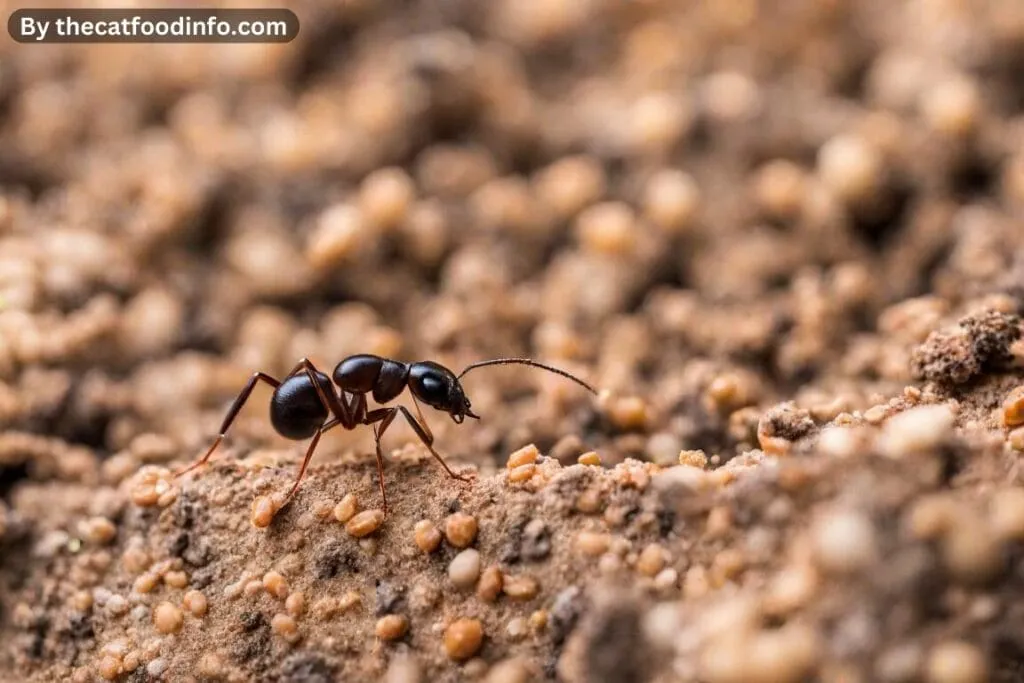
Is It Bad That Ants Keep Coming To Cats’ Food?
Yes, it is a problem when ants constantly attack your cat’s food. Ants can contaminate food, making it unpalatable or unsafe for your cat to eat. Additionally, some ants—such as the red imported fire ant—can pose a direct threat through painful bites and stings.
A steady stream of ants also marks an ant trail leading into your home, which can create a significant infestation problem from your cat’s food bowl. Also moves forward. Therefore, addressing this problem immediately is essential for your cat’s health and comfort and the cleanliness of your home.
How Do You Make An Ant-Proof Cat Bowl?
To create an ant-proof cat bowl that will protect your pet’s food from pesky invaders, follow these detailed steps:
Step 1: Choose the Right Material:
Choose a cat bowl made of a material that ants have difficulty climbing on, such as smooth porcelain or glass. Avoid plastic bowls as they may have tiny grooves where ants can get a foothold.
Step 2: Design or Purchase a Moat System:
You can buy a bowl with a built-in motor system or make your own. If you are making one, ensure the trench is part of the base where the bowl sits and is wide enough to prevent ants from crossing.
Step 3: Add Slippery Surfaces:
Apply a thin layer of petroleum jelly to the rim of the base of the bowl. This creates a slippery barrier that the ants will find difficult to cross. Be careful not to put anything in where the food will be.
Step 4: Maintenance:
Keep the ant deterrent properties effective by cleaning the bowl and trench regularly. Refresh the trench as needed, and if using petroleum jelly, apply a new coat every few days to ensure its effectiveness.
Step 5: Regular Inspections:
Periodically check the cat bowl for cracks, crevices, or damage that could allow ants to enter. Also, check the ditch system to ensure it hasn’t been compromised.
By carefully preparing and maintaining an ant-proof cat bowl, you can significantly reduce the chances of ants infesting your cat’s food and ensure that your furry friend stays calm. eat from
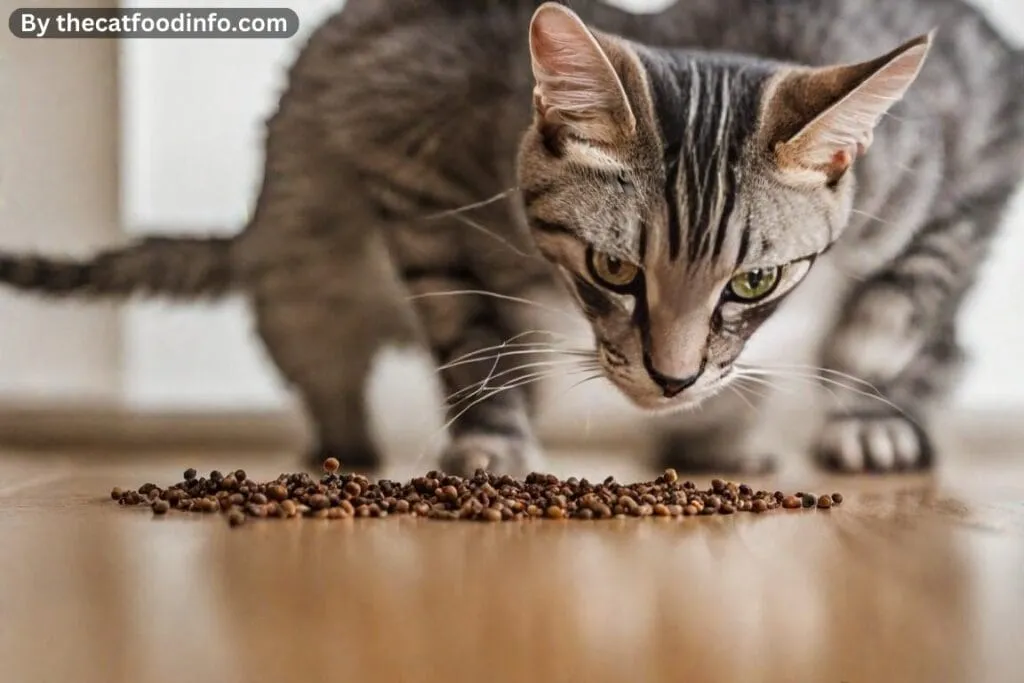
Should I Feed Cats That Food To Which Ants Came?
No, you should not feed cats that have been exposed to ants. Ants can carry bacteria and contaminants that can spoil your cat’s food. Discard any food compromised by ants and provide fresh, uncontaminated food to ensure your cat’s health and well-being are always protected. Additionally, regularly inspect the food and food area for signs of ant activity to prevent future contamination.



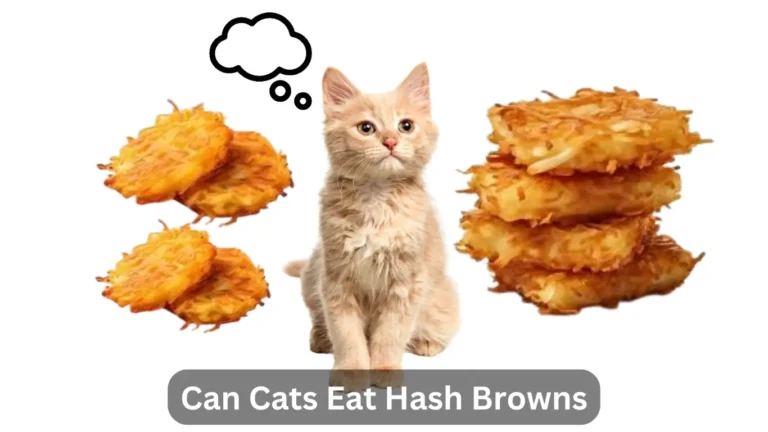
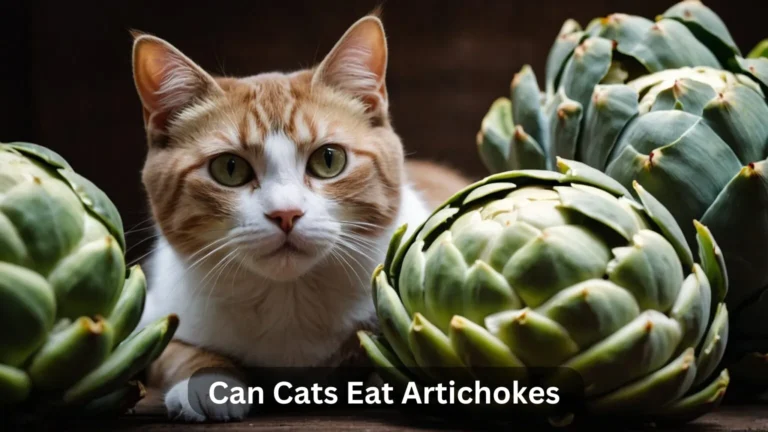
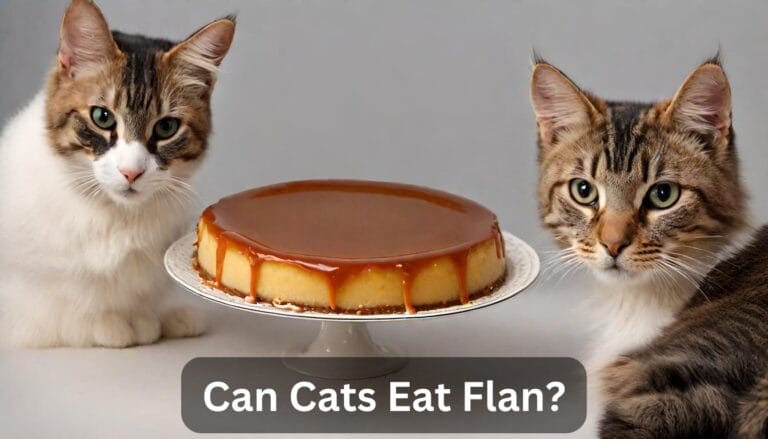
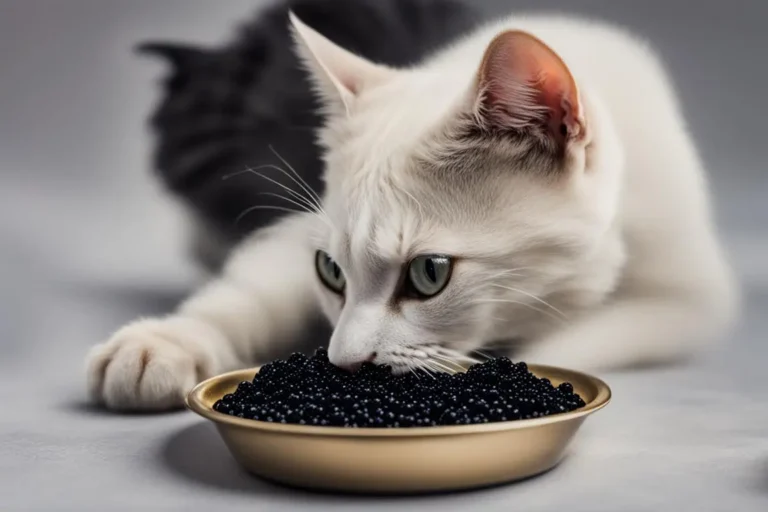
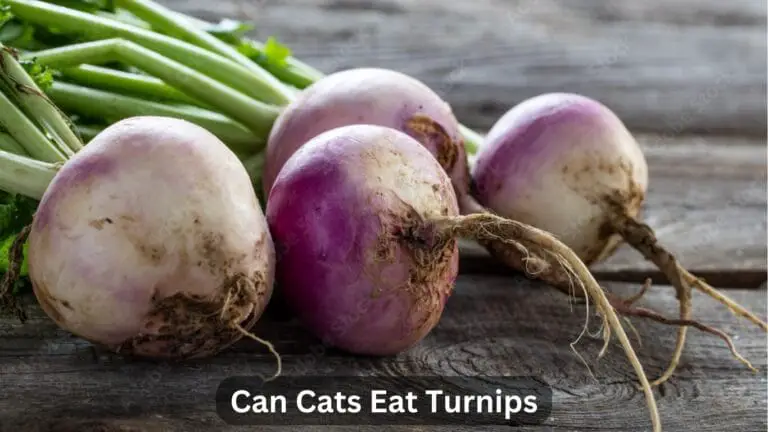
One Comment